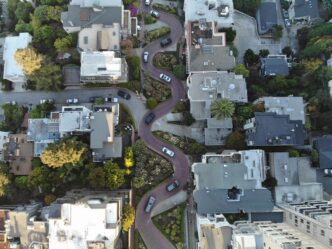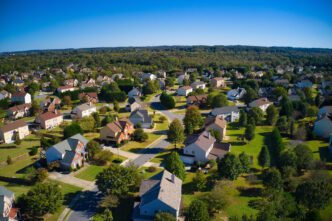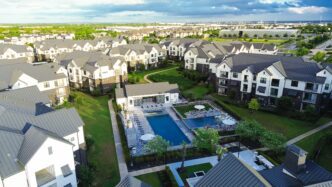The real estate market along Florida’s Gulf Coast is currently experiencing a significant downturn in median home prices, bucking the national trend of rising prices across most of the United States. According to recent data from the National Association of Realtors (NAR), median sales prices for single-family homes in this region have seen some of the largest declines in the country for the third quarter of 2024.
In particular, Punta Gorda has registered the steepest decline nationwide, with median sales prices falling 6.5% compared to the same period in 2023. Following closely is the North Port-Sarasota-Bradenton area, which experienced a 5.8% drop, making it the second-highest decline across the United States. The Cape Coral-Fort Myers area also saw a significant decrease, with prices down 3.7% year-over-year.
These declines have garnered national media attention, including coverage by Bloomberg and the New York Post, due to the striking contrast with the broader national real estate market. While the U.S. has seen home price increases in 87% of regions, Florida’s Gulf Coast presents a different scenario. The decrease in prices is reminiscent of rates last observed in 2011, as noted by the New York Post.
Tony Barrett, President of the Realtor Association of Sarasota and Manatee, attributes the current price drops to various factors including market correction, elevated interest rates, increased insurance premiums, and a shortage of buyers. “The market in Southwest Florida is following a trend. This market is cyclical,” Barrett mentions, noting that the recent frenzies of home buying, prompted by pandemic-related relocations and remote work, caused a rapid price increase that is now correcting itself.
Barrett also highlights a significant change in inventory levels: “We had an inventory problem with only 0.2 months’ supply, and now we’re seeing up to 4.2 to 5 months.” This aligns with an observed slowdown in buying, driven by higher costs and economic uncertainties.
In contrast to the concerns over declining prices, Budge Huskey, CEO of Sotheby’s International Realty, sees potential positives. Increased inventory and easing prices might stimulate buyer interest. “There has been a more tempered demand for housing in Florida this year,” Huskey observes, indicating that 2024 might witness one of the slowest sales paces in 35 years. However, this deceleration could pave the way for a more balanced market in the coming years.
Huskey further notes that despite the fall in median prices, the higher-end market remains robust with several record-breaking sales in luxury segments. Meanwhile, Robert Washington from Savvy Buyers Realty likens the current situation to other markets affected by similar past trends and underscores the Gulf Coast’s enduring appeal despite the current downturn.
According to Barrett, the current decline is a necessary adjustment after years of rapid appreciation. He stresses the Gulf Coast’s enduring desirability due to its geographic and tax advantages. “We’re always a desired place to live,” says Barrett, reflecting a broader optimism that despite fluctuations, the area remains an attractive long-term investment.
In summary, the decline in median home prices on Florida’s Gulf Coast reflects a convergence of past price surges, economic conditions, and market corrections. While the immediate figures might raise concerns, industry leaders express optimism, suggesting that these changes might create more opportunities for buyers and stabilize the market in the long run.
Source: Businessobserverfl








